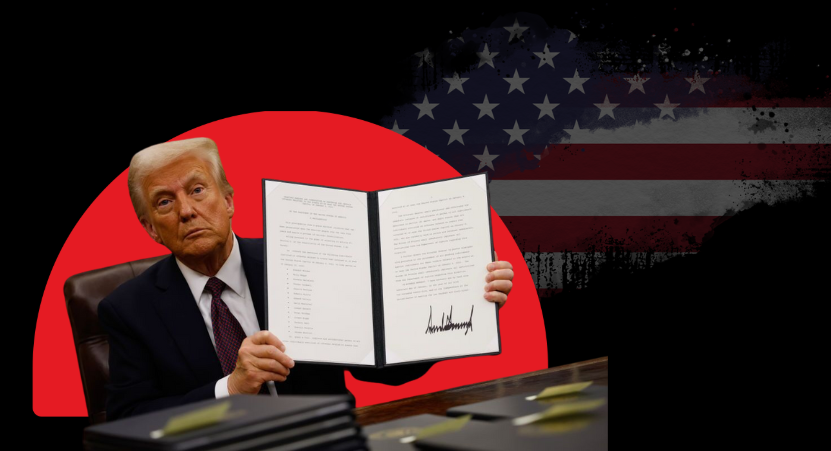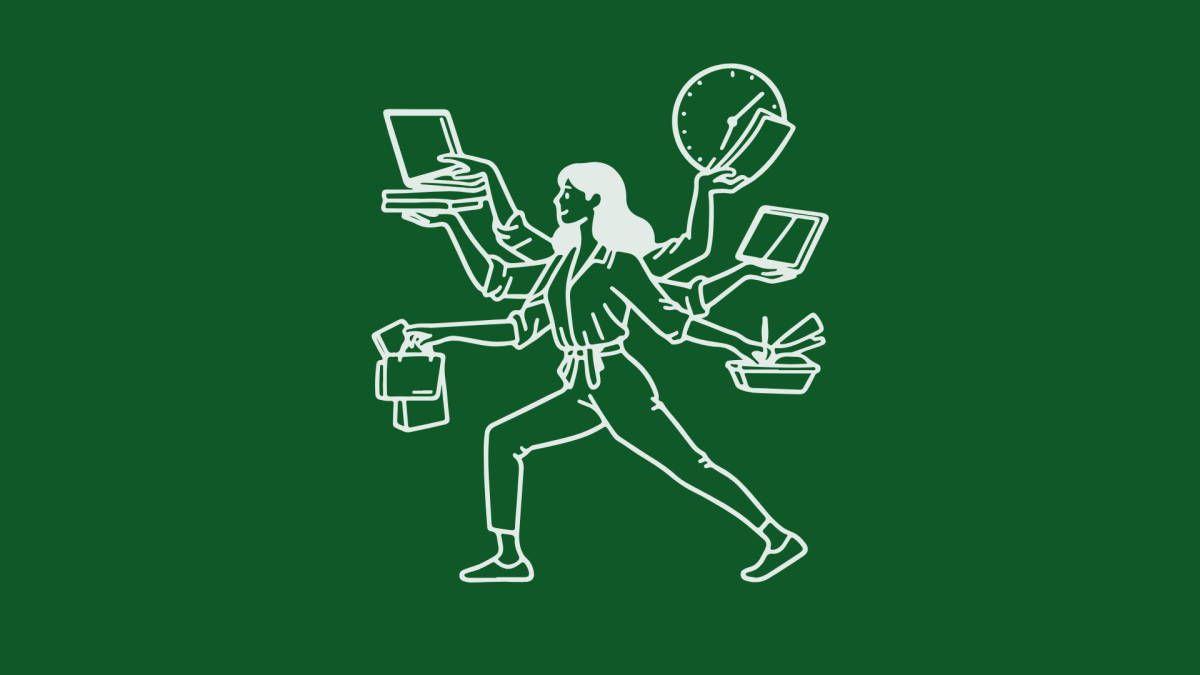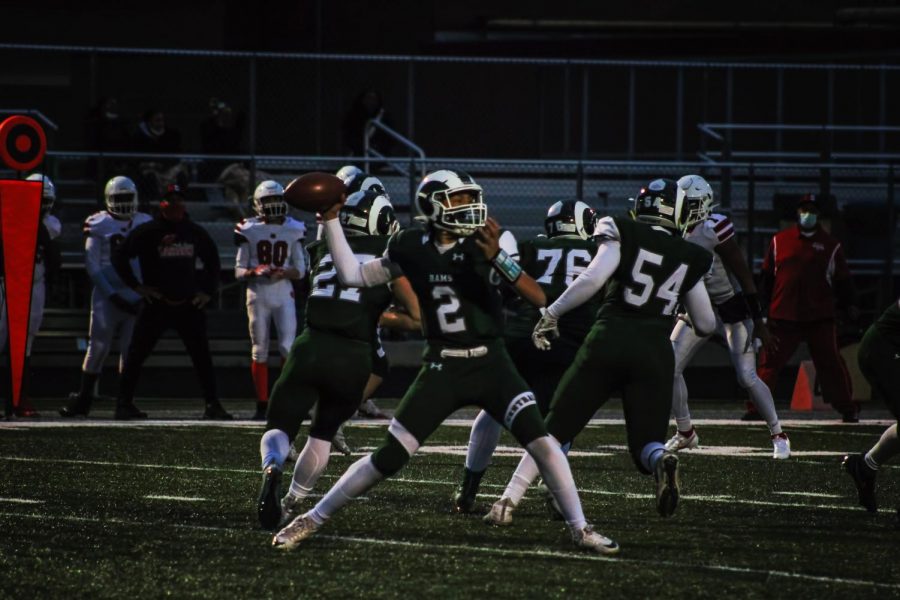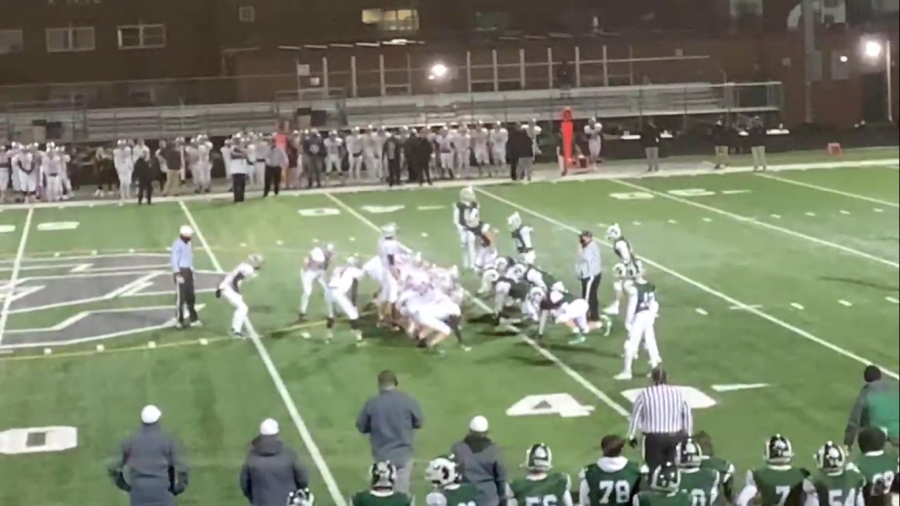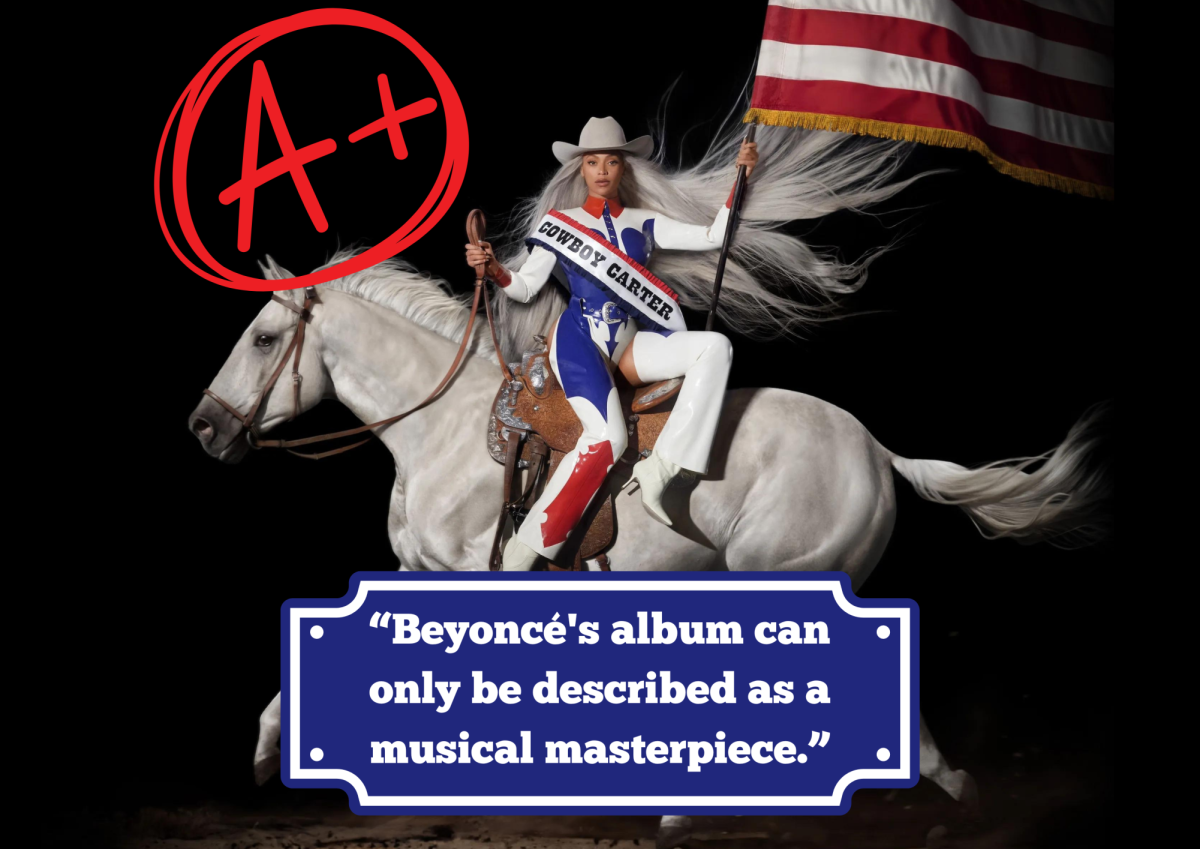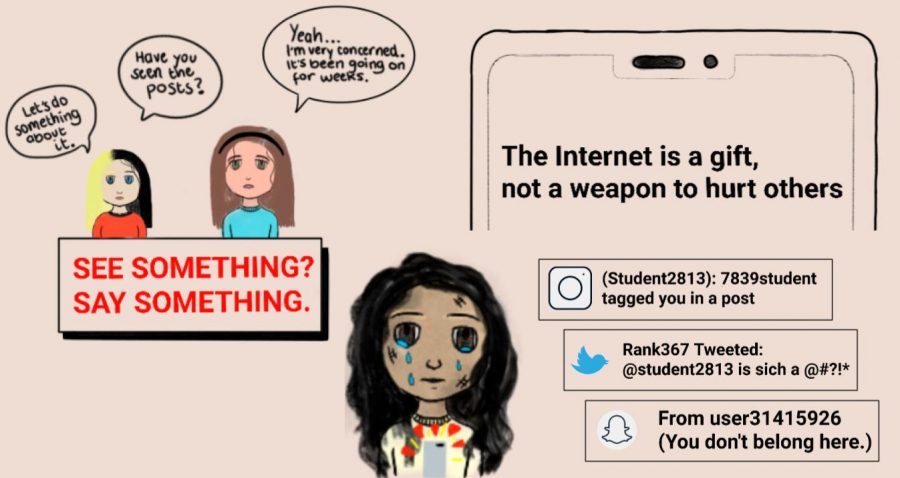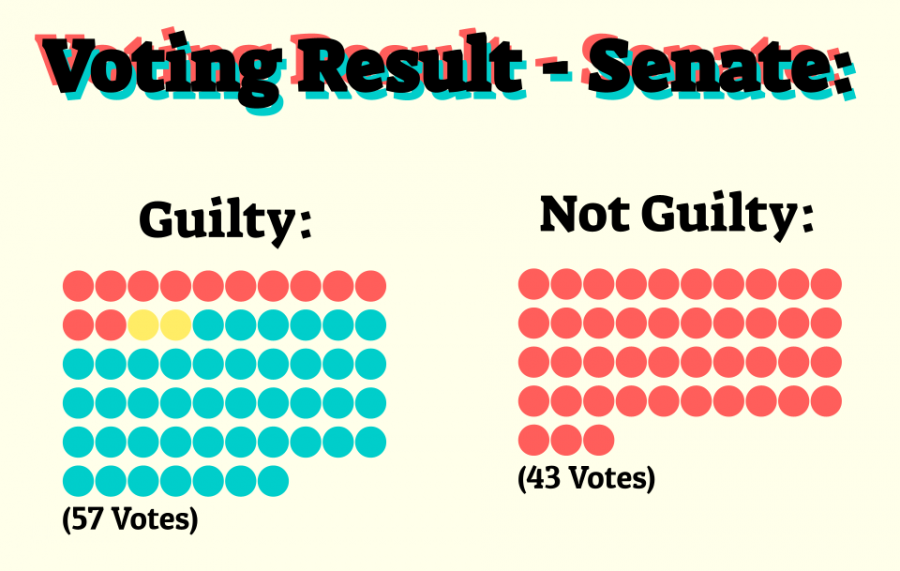Senate acquits Trump again
The former President Donald Trump was once again impeached and acquitted, making him the first president to be impeached twice.
The infographic shows the voting results from the second impeachment trial of former President Donald Trump, the teal dots represent votes from Democrats, and the red dots are equivalent to votes from Republicans, while the yellow dots are votes from independents. The voting results crossed party lines which is an example of bipartisanship.
March 3, 2021
On Feb. 13, 2021, former President Donald Trump was acquitted by the Senate for the second time since 2020. With the charge of incitement of insurrection in the Capitol incident, he was impeached by the House on Jan. 13, 2021, seven days after the situation in the Capitol. The Senate voted 57-43 to convict the former President, with seven Republicans crossing party lines, and two independents voting along with all Senate democrats to convict former President Trump.
Nine House Managers wrote in the official trial memorandum of the impeachment trial that “In a grievous betrayal of his Oath of Office, President Trump incited a violent mob to attack the United States Capitol during the Joint Session, thus impeding Congress’s confirmation of Joseph R. Biden, Jr. as the winner of the presidential election.” The House Managers argued that Trump should be convicted and be disqualified from future federal officeholding.
On Tuesday, Feb. 9, Trump’s defense team argued that the impeachment trial shouldn’t be held since Trump’s term had ended. Despite this, a 56-44 majority voted in favor of proceeding with the trial, with some Republicans backing up the majority. The voting is an example of bipartisanship, which means that the vote in favor of proceeding with the trial is supported by both political parties.
With the decision of continuing the trial, there’s a chance that President Trump won’t be able to hold any federal offices, which is what the opposing party to Trump wanted to achieve. Four days after the start of Trump’s impeachment trial, he was acquitted, which means that he’ll be able to run for federal offices in the future.
In order to understand both perspectives on the impeachment trial, social studies teacher Glen Roeck further explained the perspective of the Democratic and Republican political parties, saying that the “Democratic side… wanted to make a statement that, ‘we’re not going to let him get away with anything, we need to hold him accountable, and we need to show that we did our due diligence, and attempted to convict him to prevent him from holding public office in future… Republicans [believe], ‘this is just all about a witch hunt, and [that] the Democrats wanted to impeach and remove Trump since the day he was elected.’ The Republicans are going to use this to show that the Democrats are simply looking to punish Trump.”
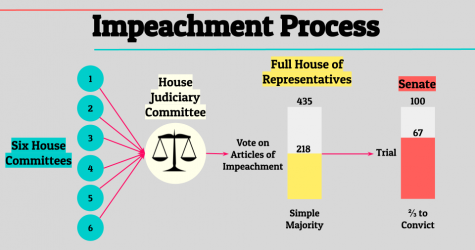
In general terms, the Democratic party has a modern liberal view and believes in an active government, in which they adapt to the changing society. Thus, making most Democrats have a loose interpretation of the Constitution. As a result, it is believed that the government can take actions that aren’t spelled out in the Constitution as long as it isn’t forbidden. In contrast, the Republican party has a conservative view and believes in a limited government, in which they take a role in society that focuses on its core functions that are enumerated in the Constitution, some of which are providing protection (military), make laws that are necessary and proper, etc. Therefore, it is believed that the government can only do what the Constitution says it is allowed to do.
To further understand this event, impeachment is the formal accusation of the president by the House of Representatives. After the House impeaches the president, the case goes to the Senate, where the Chief Justice presides over the trial. To remove an impeached president from office, two-thirds of the senate (sixty-seven senators) should vote to convict the officer. If two-thirds of the Senate didn’t vote to convict, the president will be acquitted.
The ability for the House to impeach and the Senate to hold a trial and vote whether to convict a president or not is one of the checks of the Legislative Branch on the Executive Branch. Thus, making sure that there is no branch of government will overpower another.





